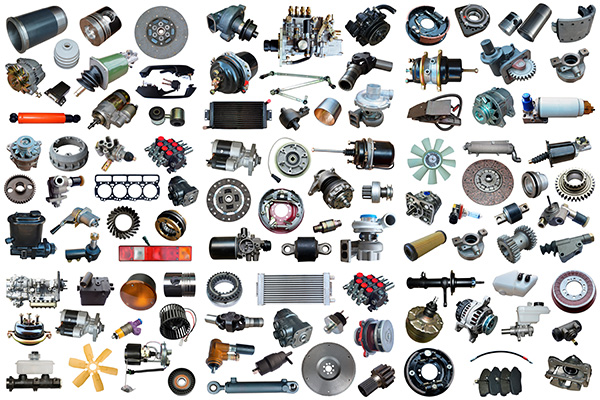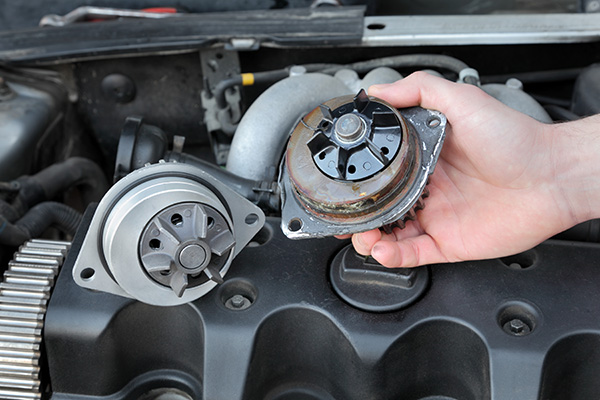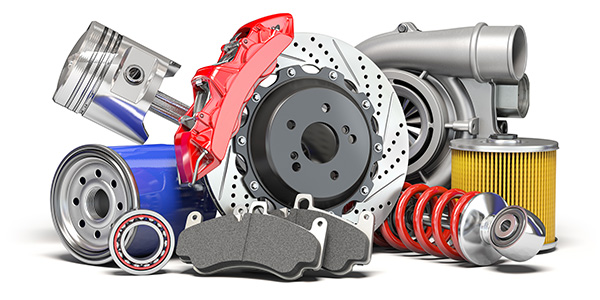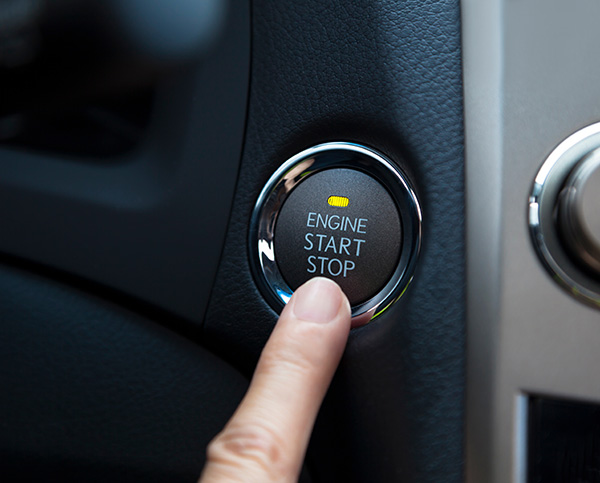Posted on 11/28/2025

Audi and Volkswagen live under the same corporate umbrella, and many models roll off shared platforms with familiar engines, gearboxes, and electronics. Yet maintenance and repair invoices can look noticeably different. Here is what actually drives the gap and how you can budget with fewer surprises and make smart choices at service time. Why So Many Parts Look the Same Across the lineup, the brands share modular platforms, suppliers, and software strategies. That keeps development efficient and ensures strong parts availability. Coil packs, sensors, water pumps, and even subframes can cross over between models and years. The common DNA is real, which is why many basic services feel similar in time and complexity. Where Costs Start to Split Packaging and calibration create the first gap. Audi models often add tighter engine bay packaging for noise reduction, extra shields for refinement, and more accessories in the same space. The part may be simi ... read more
Posted on 10/31/2025

When a part fails, it is tempting to buy the lowest priced option and get back on the road fast. The listing looks good, the photos seem right, and the reviews sound positive. The problem is that many bargain parts cut corners you cannot see. Materials are thinner, tolerances are wider, and coatings that prevent rust or heat damage are often missing. The result is a repair that feels fine for a week, then starts to squeak, leak, or fail again. What “Cheap” Really Means With Auto Parts Low prices can come from efficient manufacturing, but it often comes from shortcuts. Brake rotors may use softer iron that warps easily. Control arms can have bushings made from low grade rubber that splits early. Sensors might copy the shape of the original part but use electronics that drift out of spec as they heat up. You cannot tell from the box, and by the time symptoms show, you have already paid for installation. Counterfeit parts are part of the problem, too. Boxes ... read more
Posted on 9/26/2025

European vehicles are known for their refined performance, responsive handling, and advanced engine technology. Many of them use turbocharged engines to boost horsepower without increasing engine size. While these engines are efficient and powerful, they tend to burn more oil than naturally aspirated engines. For many European car owners, this is a frustrating and sometimes confusing issue. Understanding why it happens can help you protect your engine and avoid long-term damage. Why Turbocharged Engines Use More Oil A turbocharger forces more air into the engine’s cylinders, which increases combustion and power output. This process also increases heat and pressure inside the engine. To cope with those demands, turbocharged engines often require tighter tolerances and more lubrication. More heat means more thermal stress on seals and gaskets. Over time, that stress may allow small amounts of oil to escape and burn. In addition, oil is used to cool and lubricate ... read more
Posted on 8/29/2025

Owning a Porsche is about more than going from point A to point B. These vehicles are renowned for their precision engineering, performance, and luxury, offering a joyous and unforgettable driving experience. As a result, every component plays a crucial role in maintaining the car’s overall balance and reliability. When it comes to repairs or upgrades, one of the most common questions Porsche owners face is whether aftermarket parts are a safe alternative to factory (OEM) parts. Understanding the differences helps drivers make the right choice for both performance and budget. What Are OEM Parts OEM stands for “Original Equipment Manufacturer.” These parts are made by or for Porsche to match the specifications of the original components in your vehicle. OEM parts are designed to ensure compatibility, durability, and performance. With OEM, you’re essentially replacing like-for-like, which ... read more
Posted on 7/29/2025

Start-stop systems are designed to save fuel and reduce emissions by automatically shutting off your engine when your vehicle comes to a complete stop, such as at a traffic light. When you lift your foot off the brake, the engine restarts automatically. But what happens when this feature doesn’t work as expected in your Volvo? If you’ve noticed that your Volvo’s start-stop system isn’t activating or is behaving inconsistently, it could point to a variety of potential issues. While not always serious, these malfunctions are often signs that something in the system needs attention. How Volvo’s Start-Stop System Works Volvo’s start-stop system is part of its larger efficiency and emissions strategy. Your vehicle’s computer manages the feature and depends on multiple inputs to determine whether the engine should stop and when it should restart. Factors like battery health, engine temperature, cabin temperature settings, and brak ... read more